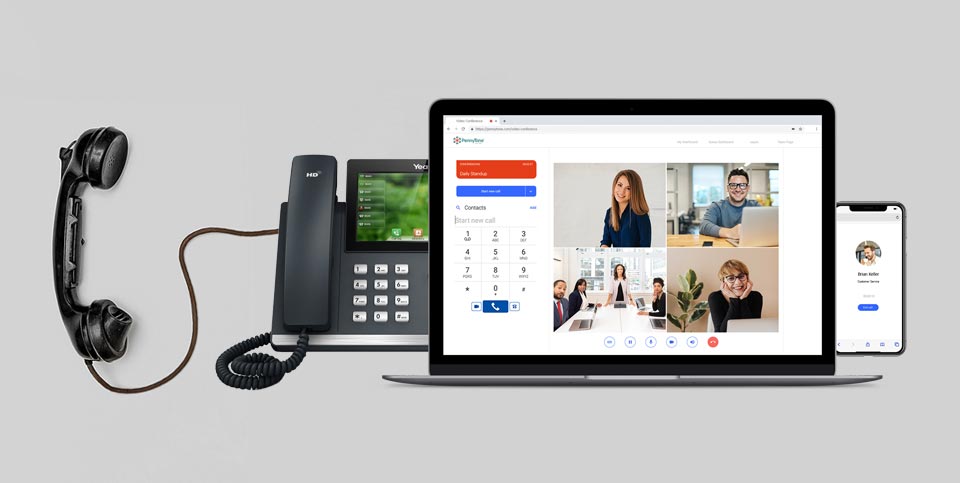

VoIP often ends up being one of the cheapest options for business phone service. Small businesses with workers in remote locations may benefit from a virtual VoIP system because it’s lower in cost and highly mobile.
Virtual VoIP: Fully virtual systems can take incoming calls and route them to whichever person or device you desire, including smartphones. You may want to choose a SIP trunking–enabled system if you need to keep existing handsets and other hardware. SIP trunking: Using Session Initiation Protocol, a computing language, SIP trunking allows legacy phone systems to connect to internet networks, such as VoIP. On-premise VoIP: If you’re wary of handing over your voice services to a third party, you can choose to develop and install your own VoIP system-if you have the technology and know-how. Hosted VoIP: A third-party company hosts all your voice services, including taking and routing calls, voicemail, and auto attendant, freeing you from complicated and costly phone installation, equipment, and software. 
VoIP terminology overlaps somewhat with the other phone system types, but we’ve done our best to clarify them for you. VoIP technology comes in a few different varieties.






 0 kommentar(er)
0 kommentar(er)
